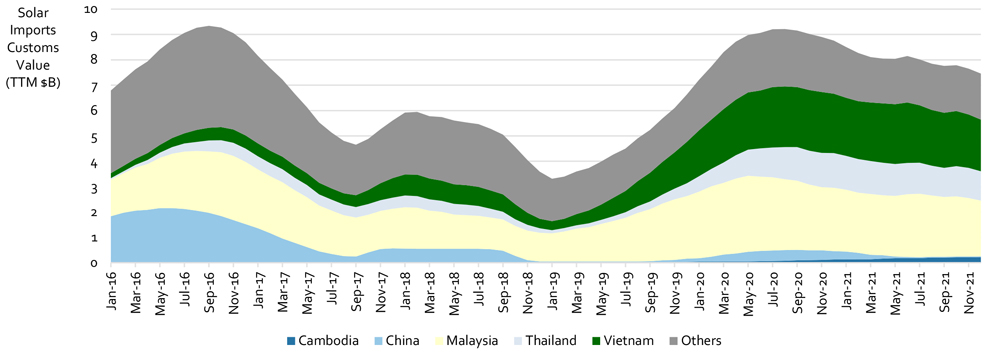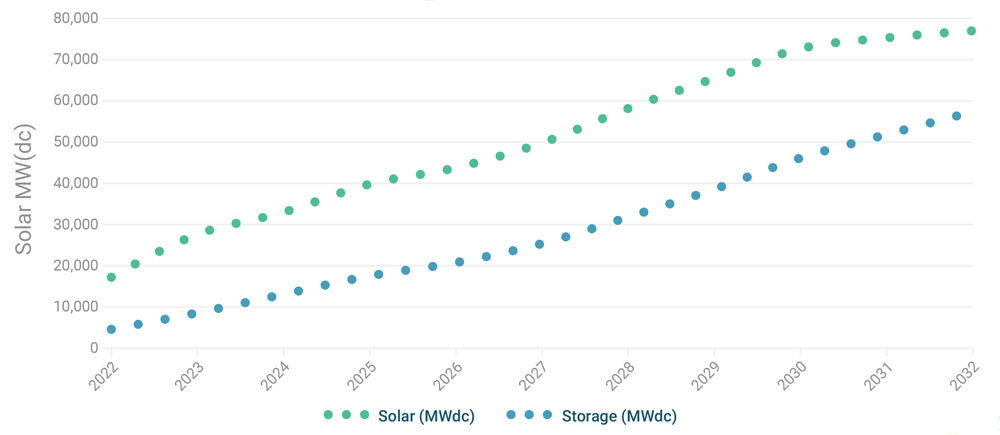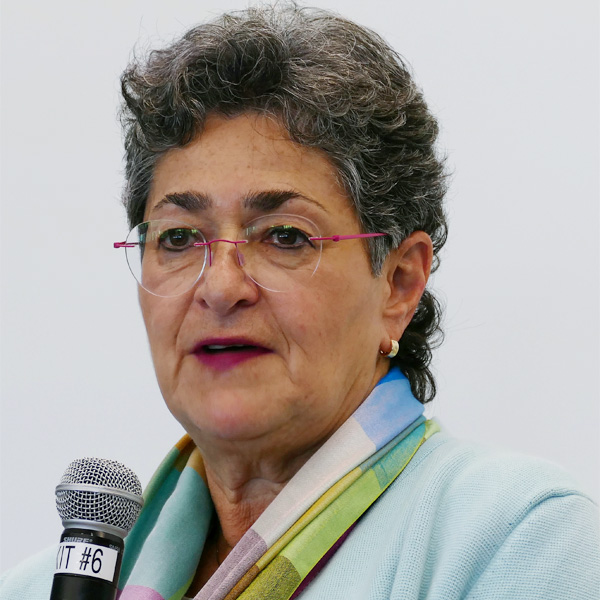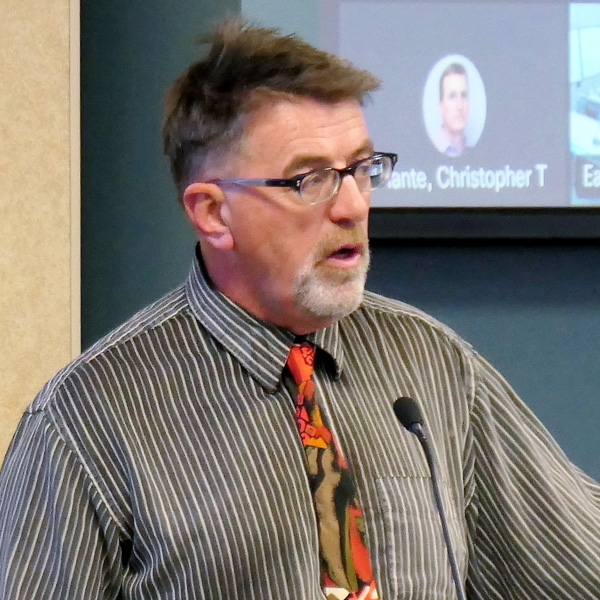New York’s clean energy sector reached record-high employment in 2021, rebounding from the COVID-19 pandemic much further than the general workforce.
The 2022 New York Clean Energy Industry Report, released last week by the New York State Energy Research and Development Authority, paints clean energy as one of the fastest-growing job classifications in the state.
From 2016 to 2021, the number of people working in such jobs increased 13%, and the number full-time equivalents rose 33%, meaning that not only are there more people working in the field, more of them are devoting all of their time to clean energy-related work.
The NYSERDA report counts 165,055 people working in clean energy statewide in December 2021, 0.8% higher than in December 2019, shortly before the pandemic caused the temporary or permanent loss of 2 million jobs statewide.
The New York State Department of Labor meanwhile counted the statewide nonfarm workforce at 9.29 million in December 2021, down 5.3% from December 2019.
The state’s general workforce has regained additional jobs in 2022 but as of October was still 2.7% below its pre-pandemic total.
With all the policy initiatives and funding being directed to the energy transition this year, it is likely that the clean energy workforce grew again in 2022.
NYSERDA President Doreen Harris said the numbers showed progress not only toward the state’s decarbonization goals but toward building a green economy that benefits the state and its residents.
“We are leading the way with an orderly and equitable transition so that all New Yorkers can participate in our clean energy future, while creating family-sustaining jobs and providing meaningful economic opportunities for our communities all over our great state,” she said in an introduction to the report.
The Alliance for Clean Energy New York, whose member organizations are doing some of the hiring reflected in the NYSERDA report, said the news was good but not surprising.
“The solar and building efficiency sectors are bouncing back after the pandemic, and investment in New York continues,” ACE NY President Anne Reynolds said.
“The report also shows over $10 billion in investment over the last 10 years, and we hope and expect that job growth will continue as more wind and solar power projects reach construction in the coming year. The offshore wind sector and the clean vehicle sectors are especially promising, and we applaud and support efforts to build a clean energy supply chain in New York.”
Details and Statistics
Delving into the report, several details jump out:
- Some of the biggest job gains were in solar power and in alternative transportation such as battery-electric and hybrid-electric vehicles, registration of which has increased fivefold in five years in New York.
- Clean-energy installation firms saw the largest job loss when the pandemic hit and the largest rebound as it began to ease.
- Energy efficiency is the only clean-energy subsector in which employment had not recovered to pre-pandemic levels by the end of 2021, with lighting and HVAC lagging furthest behind.
- Clean-energy work was credited in the report with supporting the net creation of 13,010 jobs outside the field in 2021, with employers as diverse as software developers, civic organizations and wholesalers expanding their payrolls.
The actual size of the clean-energy workforce in New York at the end of 2021 was likely larger than indicated in the report: The authors note that jobs in nuclear power or electric transmission, while clean and/or integral to the clean-energy transition, are not explicitly labeled “clean” and therefore were not counted.
Other workers split their time between “clean” and “other” duties; work in uncategorized technologies; or work for companies that did not supply information. They also were not counted as “clean.”
Clean energy job growth in New York is expected to ramp up as billions of dollars are spent annually on infrastructure.
Potential Shortcomings
The job growth and the surrounding details are not without some caveats.
The Just Transition Working Group of the New York State Climate Action Council projects an increase of 211,000 clean energy workers from 2019 to 2030, countered by a loss of 22,000 jobs in job sectors that shrink as a result of clean energy’s growth.
The final scoping plan being prepared by the council is expected to address ways to help those displaced workers transition to new jobs.
NYSERDA’s report notes a significant loss of “traditional energy” jobs from 2019 to 2021 but does not ascribe this to the pandemic, the rise of clean energy or any other cause.
Before the pandemic, from 2016 to 2019, the traditional energy workforce in New York showed minor growth (4%) even as the clean energy workforce racked up a 16% gain. However, the traditional energy workforce shrank 14% in 2020 and nearly 1% in 2021 for a total two-year loss of 14.7%, which the clean-energy workforce saw a net 0.8% gain in the same two years.
The NYSERDA report flags other potential sticking points as New York’s government and industries attempt to expand the green workforce.
Nine in 10 employers had difficulty hiring in 2021, particularly in the energy-efficiency field. Workforce shortage already is an issue in New York, which has a lower labor participation rate — the percentage of civilian residents aged 16 and older who are employed or seeking employment — than most states: 60.3% in July 2022, compared with 62.1% nationwide.
Some members of the new green workforce will need specialized skills gained through extensive training and experience. For example, in 2030, New York expects it will need 6,000 people working in offshore wind, an industry that barely exists in the U.S. Two recent studies by the National Renewable Energy Lab lay out the disconnects reported by would-be employers and by would-be employees as they attempt to close the workforce gap.
Meanwhile, other states with ambitious climate-protection goals of their own will be competing for the same workforce; the final scoping plan is expected to acknowledge this and attempt to address it.
NYSERDA meanwhile has committed to spending more than $120 million to address the need for skilled workers, partnering with numerous organizations to create a pipeline for a workforce ranging from entry-level to highly skilled. New York is also creating multiple pathways for traditionally underrepresented groups to be part of the clean-energy transition, as employees or entrepreneurs.
Finally, the report says there needs to be a continued stream of money to make all this happen. It notes that 81% of the $11 billion invested in New York’s clean energy industry came through the public sector from 2011 through 2021, jumping to 91% public-sector funding in 2019-2021. A major infusion of federal money through the Inflation Reduction Act and other streams is expected in the coming years.
Data for the NYSERDA report were drawn from the U.S. Energy and Employment Report, in which more than 1,900 businesses participated. The margin of error is 2.23% at a 95% confidence level.





